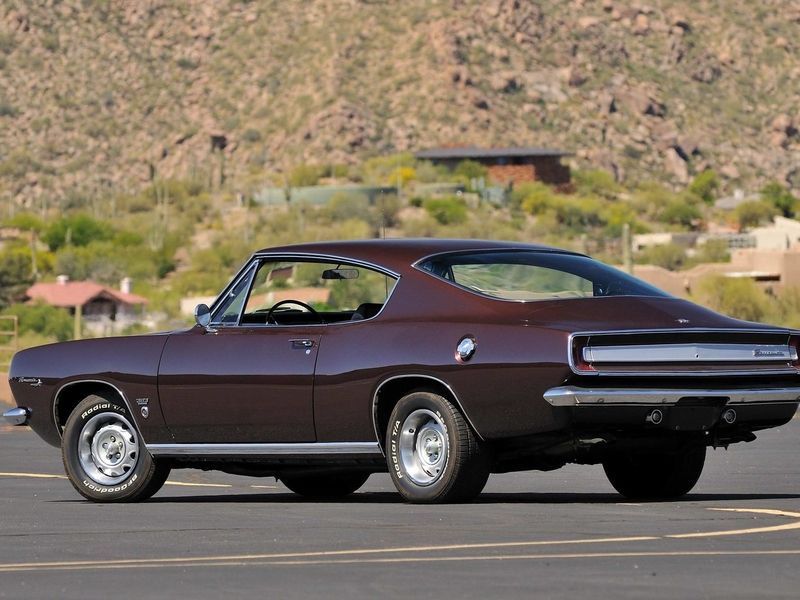
The second-generation Plymouth Barracuda, Chrysler’s latest entry in Detroit’s pony car wars, is introduced on Nov. 25, 1966, for the 1967 model year.
Plymouth beat the Ford Mustang to market in 1964 by more than two weeks with the compact Barracuda. Based on the Plymouth Valiant economy car — much like the Mustang’s DNA derived from the Falcon — the Barracuda offered just one body style, a fastback with the industry’s largest rear window at the time. Many of the Barracuda’s body parts were shared with the Valiant; Mustang shared no sheet metal with the Falcon.
The second-generation Barracuda, still based heavily on the Valiant’s underpinnings, was largely designed by John Herlitz, who later became head of design at Chrysler Corp., and John Samsen.
The 1967 Barracuda, with more power and three body styles — hardtop, fastback and convertible — was less rectilinear than the Valiant, with Coke-bottle side contours and revised front and rear end styling.
The concave rear deck panel, wider wheel openings, curved side glass, S-curved roof pillars on the notchback and less chrome trim also differentiated the latest Barracuda. The rear portion of the roof on the fastback was further streamlined, and the back glass — raked at a substantially horizontal angle — was far smaller compared with that of the outgoing model.
The changes helped spur demand, with Barracuda production in 1967 totaling some 62,534, up 64 percent from the previous year, but nowhere close to Mustang output. Plymouth dropped the Barracuda after the 1974 model year, in large part because of the 1973 Arab oil embargo that upended gasoline prices and the U.S. market.